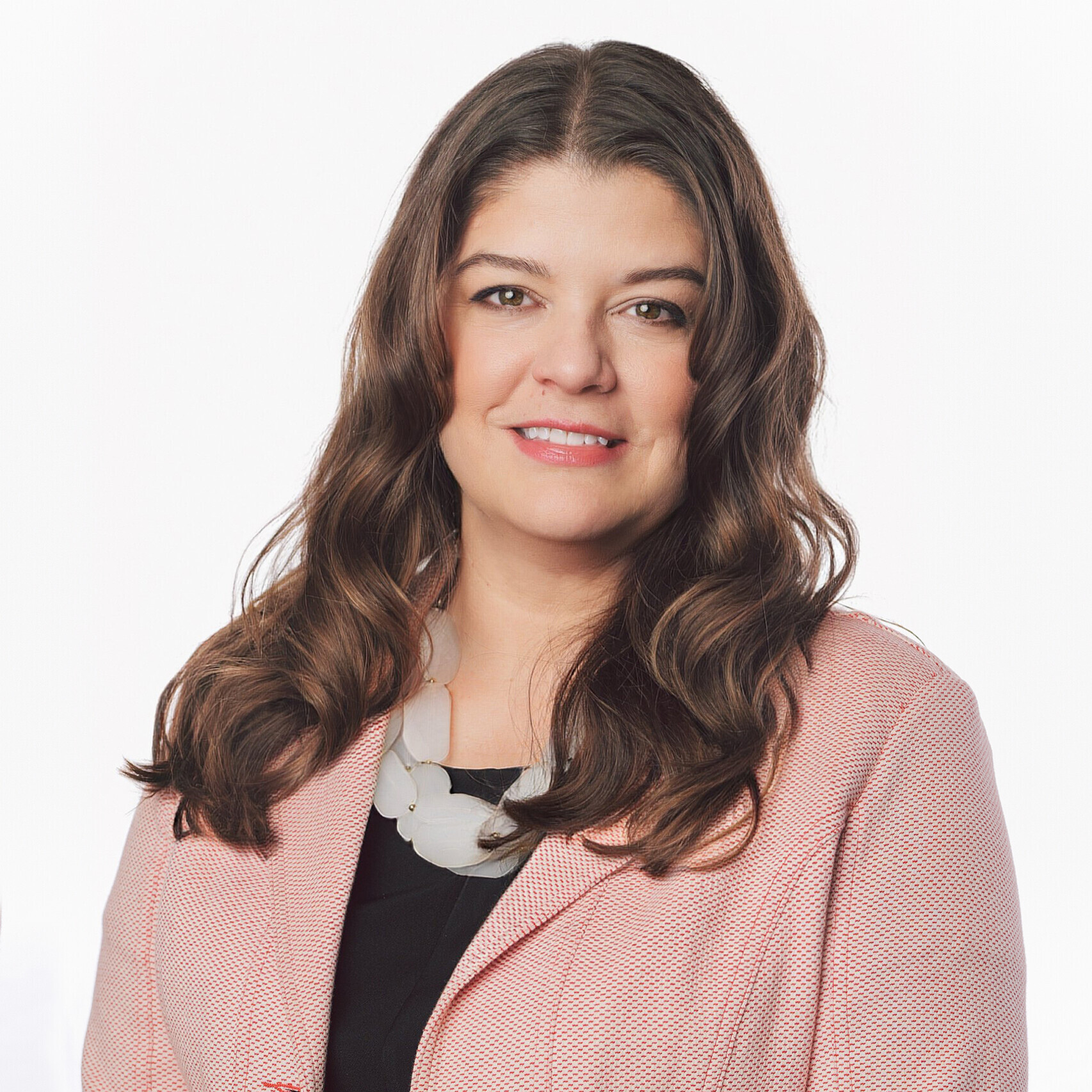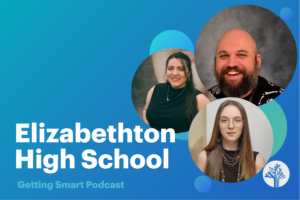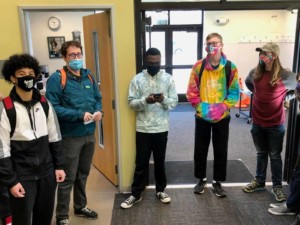Building Systems That Serve: The Power of the Getting Smart Innovation Framework
Key Points
-
The Getting Smart Innovation Framework offers a comprehensive approach to redesigning educational systems for personalized, competency-based learning that aligns with community needs.
School and system redesign is not new. Throughout the history of formalized education, educators and leaders have challenged the “one-size-fits-all” factory model, striving for more effective learning approaches. While this model increased access to education, it often failed to unlock every student’s full potential and demonstrate proficiency on critical outcomes.
Today, we see a surge in reform and transformation efforts focused on competency-based, personalized, project-based and real-world learning grounded in the science of learning. These models respond to a growing demand for learning experiences that are relevant and inclusive of every learner’s strengths, interests, and aspirations.
Across the country, we see innovation efforts emerging among our partners and collaborators. Our work focuses on coalition and network building, supporting local initiatives and collective action from the ground up with tools, resources and roadmaps to ensure every student thrives.
To support this shift, we built the Getting Smart Learning Innovation Framework as an essential organizing tool for ground-up system change – helping schools, districts and systems move toward a future vision of education that serves all students and communities. Like the education we hope for every young person, the framework is personalized and relevant, rooted in the essential questions of why, what, how, for whom and where.
Why Systems Work Needs a Framework
System transformation is rarely linear. Many education systems already have several pieces of the personalized learning puzzle in place, but the connections between those pieces are not always clear or aligned. Changes in leadership, shifts in strategic planning, and the involvement of a wide array of provider partnerships – each with their own lexicons, processes and protocols – can lead to fragmentation. In some cases, efforts to strengthen one part of the system (such as literacy instruction, technology or career pathways) unintentionally result in silos, limiting the overall impact.
The Innovation Framework is designed to reveal and repair those disconnects. It starts with broad, generative questions that accommodate the wide variation in system design. These questions help users identify both their strengths and the gaps across their ecosystem – uncovering missed opportunities for alignment, coherence and deeper impact.
The Getting Smart Learning Innovation Framework: Co-Designed System Change
The heart of the framework centers four key stakeholders in education systems change: learner, educator, leader, and community. Each has an important role to play in ensuring the success of a systems change initiative.
The Learning Innovation Framework relies on five key elements which include: a shared Community Vision that prioritizes equity and opportunity; defined and broader Learner Outcomes that cultivate essential skills and mindsets; a more effective Learning Model to help students reach expected outcomes; stronger Signals of proficiency and competency to communicate student progress; and finally an expanded Learning Ecosystem to integrate real-world opportunities and community engagement to ensure access for all.
- Why? A Community Vision establishes the foundation for redesign by identifying the community needs, creating a shared vision, building a mission, and designing a Learner Profile. This section ensures that redesign efforts are rooted in a deep understanding of the community’s aspirations and challenges, articulated through a compelling vision and mission.
- What? Learner Outcomes define competencies, progressions, and standards that guide learning and development. Competencies describe interdisciplinary learner outcomes, while progressions articulate how learners grow toward proficiency over time. Standards provide content-specific expectations, ensuring academic rigor and alignment with educational requirements.
- How? The Learning Model outlines the systems and strategies needed to help learners achieve proficiency in the defined outcomes. It includes values and related norms that form the foundation for a positive culture and climate. Design principles are grounded in learning sciences and articulate core beliefs about teaching and learning. The instructional framework aligns learning experience, instruction, and assessment in a learner-centered frame.
- For Whom? Signals describe how learner proficiency is shared, displayed, and valued through report cards, progress reports, portfolios, credentials, transcripts, and learner records – clear signals that describe what students know and are able to do. These elements provide comprehensive and transparent ways to communicate learner growth, enabling students, families, and educators to understand and celebrate progress.
- Where? The Learning Ecosystem encompasses spaces and systems that support learning, including facilities, scheduling, staffing models, transportation, partnerships, and technology. Learning Ecosystems include on-site, off-site and virtual partners that expand access to relevant and personalized experiences for every student.
Strategic Implementation
Embedded within the framework is a Strategy Layer which provides the tools and resources for building goals, objectives, metrics and tactics to pilot and implement systems change initiatives across the five elements. Strategic direction provides a large-scale view of the system change, while annual action plans describe the projects and success metrics to achieve the strategic goals.
Two additional elements guide ongoing growth and momentum.
- Continuous Observation and Reflection on learner outcomes and engagement allows for continuous improvement within the strategic direction of the system.
- Sharing and Scaling what works increases the impact of change initiatives within and beyond the system.
AI as an Accelerator
We already see AI tools driving both efficiency and innovation within the framework:,
- Design tools like Playlab accelerate Learning Layer work and pathway design.
- Project-based learning design is made easier through tools like Inkwire to make collaborative, authentic learning more manageable and scalable.
- Next-generation LMS systems such as B21 Beacon and Headrush document proficiency within a competency-based and much expanded ecosystem.
A forthcoming playbook will elaborate on the framework and how AI tools can accelerate each element of the framework – and system change as a whole – making implementation more efficient, transparent and adaptive.
A Path Forward
Building on decades of learning from schools, districts, foundations, and partners, we are committed to evolving and iterating on the Learning Innovation Framework. It is not static – it is meant to evolve through co-design, iteration, and continuous feedback. We aim to continue this collaborative learning journey to support more of the tens of thousands of schools and systems globally.
We invite educators, leaders, and communities to join us in creating educational systems that empower every student to reach their full potential. With learners at the center and this framework as our how, we can work together to design education systems that truly empower every student to thrive – now and in the future.

Rebecca Midles






0 Comments
Leave a Comment
Your email address will not be published. All fields are required.